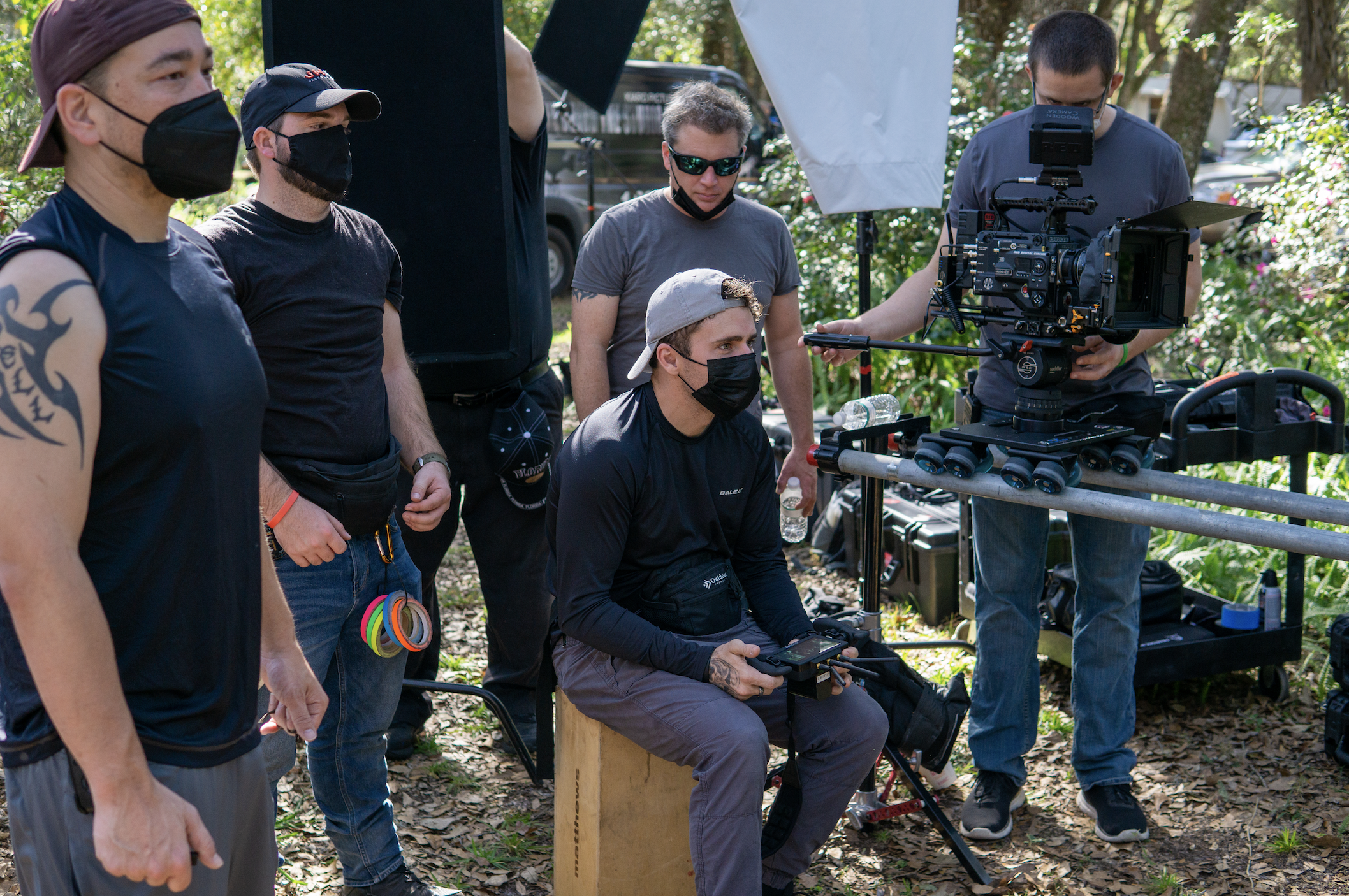Defining Success
Celebrities are often thought to be the key to box office success for films, but is that really true? Just how much does celebrity name talent play into a movie's success? A closer look reveals that there is more to producing successful films than just hiring a star-studded cast.
Producers must take into account numerous factors when seeking box office success with their films. From budget and marketing, to script and release date, it all plays a part in creating a successful movie. Quality production value onscreen can also make or break the outcome of any given film, regardless of its cast members.
Ultimately, while celebrities may help draw an audience, they don't necessarily guarantee success if other elements of film production are not taken into consideration as well.
History of Celebrity Talent & Box Office
Celebrities have long been associated with the success of a movie, but how much impact does their name recognition really have on box office performance? From classic actors and actresses in early Hollywood cinema to today's social media influencers, celebrity talent has had an undeniable impact on producing successful movies.
From the earliest days of Hollywood film production, stars like Charlie Chaplin, Greta Garbo and Humphrey Bogart were able to draw large audiences to the theaters due to their widespread name recognition. While this was especially true in the 1930’s and 40’s when bigger studio contracts allowed for greater control over a star's public image, even up-and-coming stars from independent productions could often capture audience attention by capitalizing on their fame.
Impact of Big Names on Ticket Sales
The entertainment industry has long known the power of a big name associated with a movie or feature filmmaker. A celebrity-studded cast can easily draw in large audiences, resulting in immense box office success. But how much does the name recognition of superstars really matter when it comes to ticket sales?
This question is especially relevant in today's film making landscape, where major stars like Dwayne Johnson and Brad Pitt are becoming increasingly involved with production companies and helping to shape the stories that their fans love. With more celebrities entering the creative space, there is an even greater potential for big names to have an impact on box office numbers.
It’s time to find out: How much does celebrity name talent matter in box office success? This article explores this issue from multiple perspectives and examines some notable examples of star power influencing ticket sales numbers.
The Downside of 'Name Talent'
As the movie industry continues to grow, the question of how much celebrity name talent drives box office success has become increasingly relevant. To what extent does the presence of a big-name star affect film attendance? A new wave of research has been conducted that looks at mainstream films in order to determine whether celebrity appeal is a major factor in box office performance.
The findings show that while there is undoubtedly a correlation between big-name celebrities and increased ticket sales, it only applies if the movie itself is well made and marketed properly. If not, even having one or more popular stars won't be enough to guarantee financial success; potential audience members often see through poor production values and decide against attending regardless.
Social Media & Movie Promotion
Social media has changed the game for movie promotion. While name recognition was traditionally one of the biggest factors in promoting a movie and predicting its success at the box office, there are now more options available to filmmakers and studios to get their movies seen by audiences. With social media, it is possible to promote a movie with little or no celebrity involvement and achieve greater success than ever before.
Thanks to platforms like Twitter, Instagram, and YouTube, anyone can create an effective promotional campaign for a film while spending significantly less money than traditional marketing methods require. Studios can now reach wider audiences through these channels and leverage the power of user-generated content to further spread awareness of their upcoming releases.
Analyzing the Data
The celebrity name talent that stars in a film plays a huge role in its box office success. While it is certainly not the only factor, studies have shown that audiences are more likely to flock to see their favorite actors and actresses on the silver screen than those of lesser known fame.
And yet, with so much competition from streaming services and other entertainment options, does this still hold true? To answer this question, we must take an analytical look at the data surrounding box office success for films featuring both A-list celebrities and those with less notoriety. From comparing opening weekend numbers to total gross profits over time, our team will give you a comprehensive overview of how important celebrity names are when it comes to predicting box office success.
In today's entertainment climate, box office success is heavily dependent on name talent attached to a project. But just how much does celebrity name talent really matter? After examining the evidence, it can be concluded that while having a well-known celebrity in a film or television show can help draw more attention and viewers, it's not the only factor to consider when determining box office success.
Ultimately, finding the right balance between big-name stars and quality storytelling is key for studios seeking to maximize their financial returns. By carefully selecting projects with compelling stories and strong actors – both known and unknown – producers can create productions that will capture the hearts of audiences around the world. As long as filmmakers continue to prioritize quality content over star power, there will always be room for box office success.












